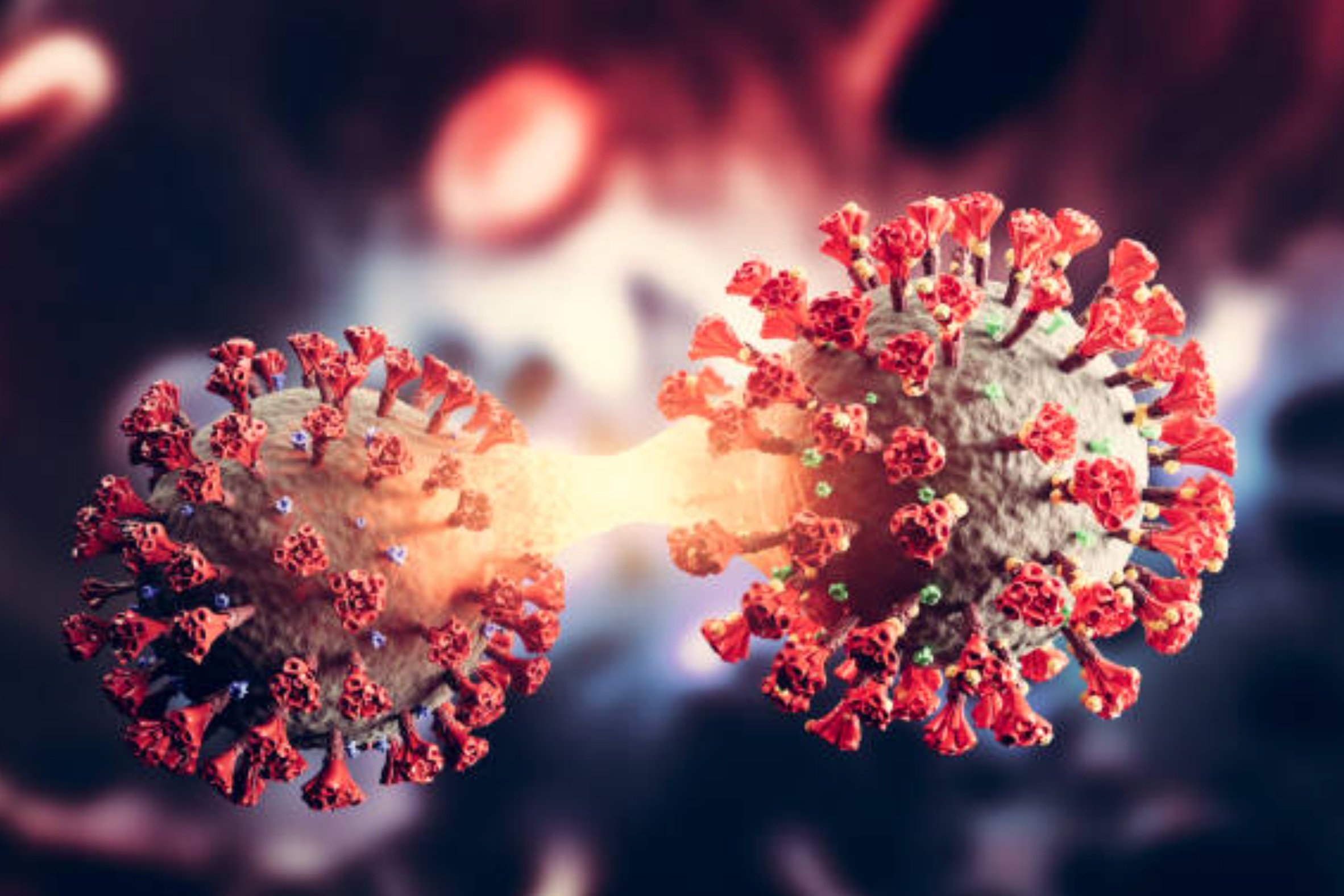Resources
The iRRRd Longitudinal team has launched training for the pilot phase of the 36-month follow up
We’re excited to share that we kicked off training for the pilot phase of our iRRRd study on October 5, together with our partners at icddr,b and University of California, Davis. Over the next three months, we will test new measures for the next wave of data collection with Rohingya refugee families living in the southeast of Bangladesh.
This wave — following children in our study cohort as they reach three years of age — has been made possible by a $𝟯 𝗺𝗶𝗹𝗹𝗶𝗼𝗻 𝗴𝗿𝗮𝗻𝘁 𝗳𝗿𝗼𝗺 The LEGO Foundation.
“This pilot is a critical step to make sure our tools capture the unique realities of Rohingya and host community families,” said Fahmida Tofail, co-Principal Investigator and Scientist at icddr,b. “We are eager to generate insights that can inform both science and policy.”
“Having the chance to follow children into toddlerhood is an extraordinary opportunity,” added Alice Wuermli, Principal Investigator for iRRRd and Director of Research & Innovation at NYU Global TIES for Children. “It allows us to investigate the mechanisms — from the molecular to the social — of how pre- and postnatal environments affect early development.”
𝗪𝗲 𝗮𝗿𝗲 𝗱𝗲𝗲𝗽𝗹𝘆 𝗴𝗿𝗮𝘁𝗲𝗳𝘂𝗹 𝘁𝗼 𝘁𝗵𝗲 𝗟𝗘𝗚𝗢 𝗙𝗼𝘂𝗻𝗱𝗮𝘁𝗶𝗼𝗻, 𝗶𝗰𝗱𝗱𝗿,𝗯, 𝗨𝗖 𝗗𝗮𝘃𝗶𝘀, 𝗮𝗻𝗱 𝗮𝗯𝗼𝘃𝗲 𝗮𝗹𝗹, 𝘁𝗼 𝘁𝗵𝗲 𝗳𝗮𝗺𝗶𝗹𝗶𝗲𝘀 𝘄𝗵𝗼 𝗺𝗮𝗸𝗲 𝘁𝗵𝗶𝘀 𝘄𝗼𝗿𝗸 𝗽𝗼𝘀𝘀𝗶𝗯𝗹𝗲.
Adrenocortical and psychosocial responses of families in Jordan to the COVID-19 pandemic
This study of 52 predominantly lower income Jordanian and Syrian families with young children (31 girls; Mage = 53.37 months, SD = 3.53) in Jordan began in 2019, before the pandemic. Families were followed to explore stress physiology, family functioning, and mental health over the first 9 months of the pandemic. Mothers reported less adaptive coping and more negative changes to family life in June 2020 when their children had poorer behavioral self-regulation and more behavior problems, and when families had lower income, in 2019. More negative changes to family life predicted greater hair cortisol concentrations in children in June 2020, and more negative changes and less adaptive coping predicted worse child and mother psychosocial adjustment in December 2020.
A bioecocultural approach to supporting adolescent mothers and their young children in conflict-affected contexts
An estimated 12 million girls aged 15–19 years, and 777,000 girls younger than 15 give birth globally each year. Contexts of war and displacement increase the likelihood of early marriage and childbearing. Given the developmentally sensitive periods of early childhood and adolescence, adolescent motherhood in conflict-affected contexts may put a family at risk intergenerationally. We propose that the specifics of normative neuroendocrine development during adolescence, including increased sensitivity to stress, pose additional risks to adolescent girls and their young children in the face of war and displacement, with potential lifelong consequences for health and development. This paper proposes a developmental, dual-generational framework for research and policies to better understand and address the needs of adolescent mothers and their small children. We draw from the literature on developmental stress physiology, adolescent parenthood in contexts of war and displacement internationally, and developmental cultural neurobiology. We also identify culturally meaningful sources of resilience and provide a review of the existing literature on interventions supporting adolescent mothers and their offspring. We aim to honor Edward Zigler's groundbreaking life and career by integrating basic developmental science with applied intervention and policy.




